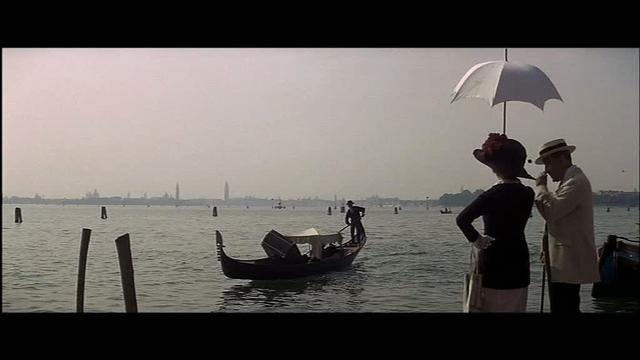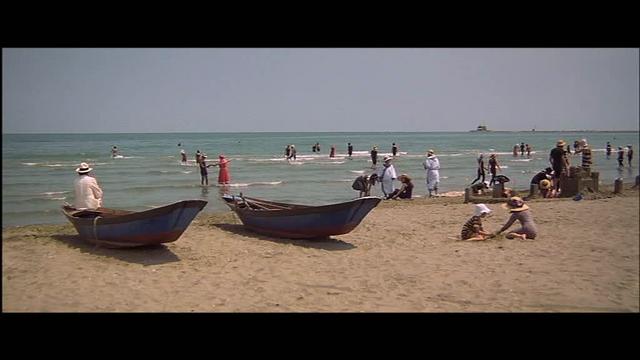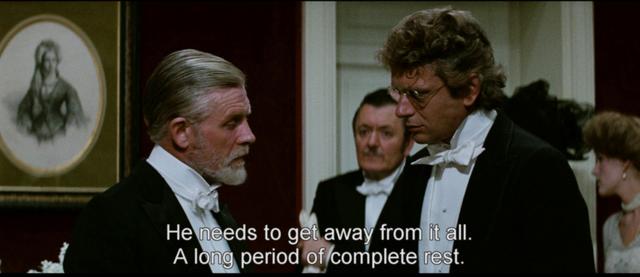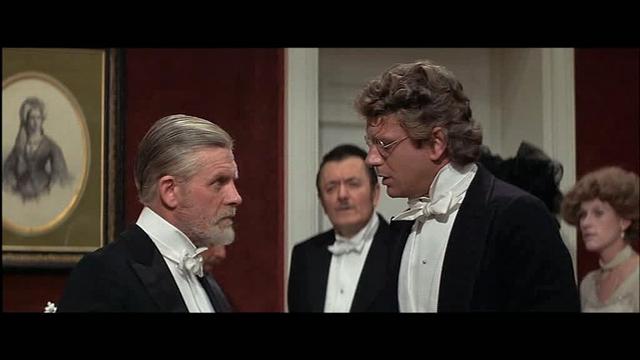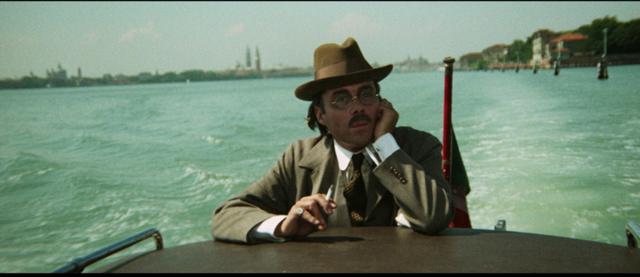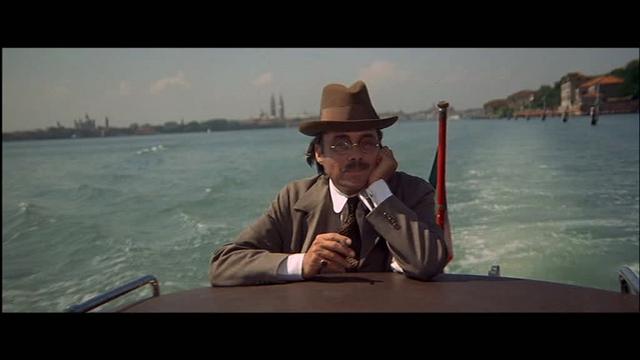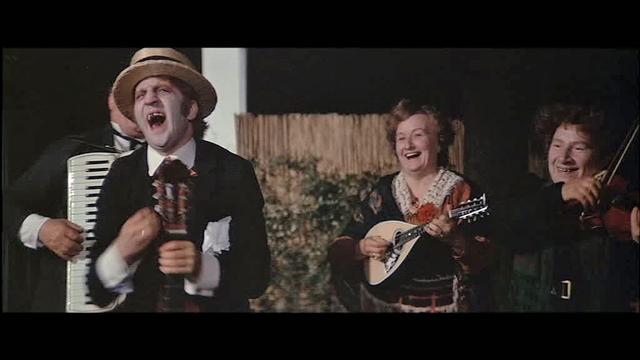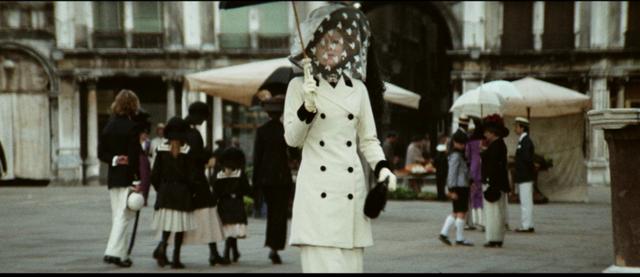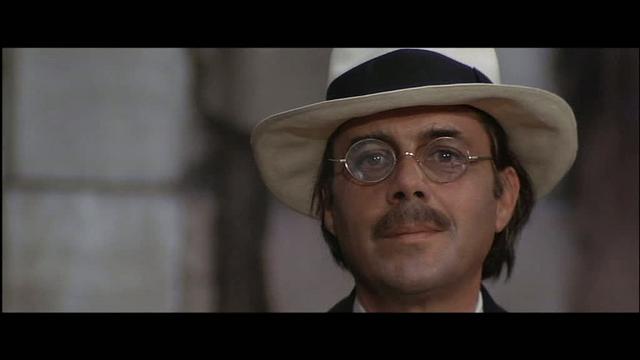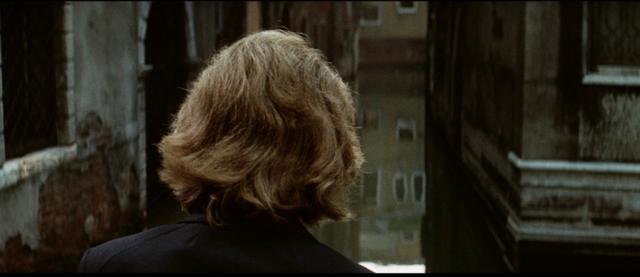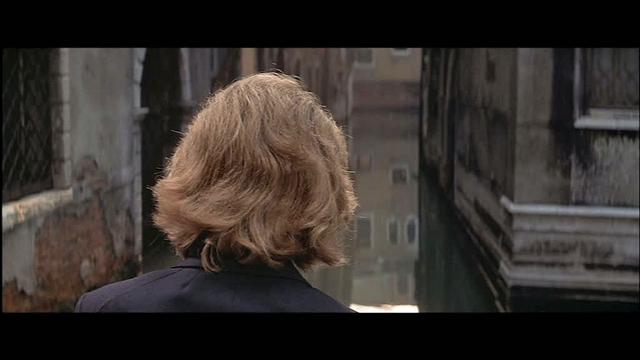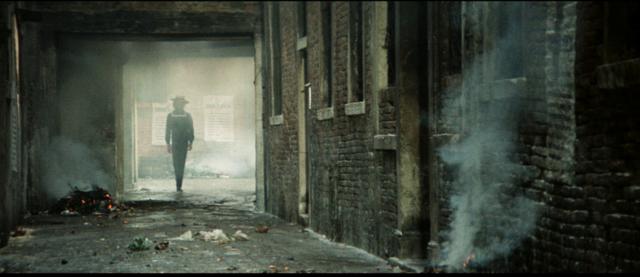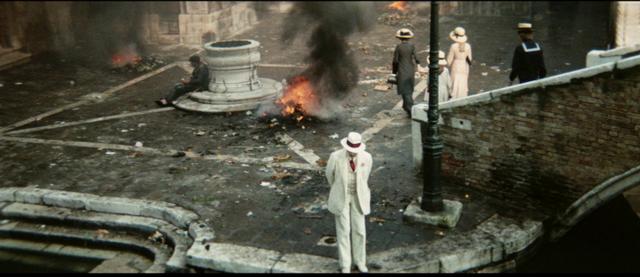#98
Post
by colinr0380 » Thu Mar 28, 2019 7:08 am
I'm afraid that I cannot add anything really to the colour timing debate above but I sat down with the Criterion edition of the film last night. It is still an overwhelming piece of work and it is interesting that the (arguably over literal) 'explanatory' flashbacks are where the most dialogue occurs whilst in the present the dialogue is all 'transactional' (with the staff of the hotel or the train station, or the gondolier, or the beach boys to set up a hut, and even then it is often distant with the camera literally pulled far back. With an implied message that you probably should not upset your gondolier even if they are taking you for a ride, or eat lukewarm strawberries!), or from an outsider's perspective looking on at other groups (though Tadzio and his family are talking in Polish and French, so distance is there too). Especially the present time is swathed with the musical score to express character, whilst in the past musical performance is fragmentary and the use of the piano in particular is an ironic underscore to a kind of critique of the central character. Other people are using music to criticise the composer and even when we think that we might hear his composition, the flashback is just one note at the very end of it followed by a chorus of boos instead!
Perhaps significantly there is one forward looking sequence in the idealised sequence of Aschenbach passing on the warning of the plague and the urgency of leaving to the family and finally being able to touch Tadzio's head, as if the threat of the plague exists to facilitate that connection. It is obviously too good to be true though and the warning and direct touch of Tadzio cannot lead anywhere, so the idealised hope of contact ends inconclusively but at its supreme moment as well.
In some ways the film seems to be about the dangers of abandonment to the senses. The composer is being criticised for wanting to control every aspect of his composition, perhaps over thinking his music into seeming dry and passionless as if afraid to acknowledge the feelings within himself (especially of grief of loss of his daughter, which perhaps is another way that Tadzio is substituting in the present. The younger generation are the material used for inspiration, as muses, without being consciously aware of the role they play in feeding that creative energy). That retreat into the safety of the known removes the sensual danger of art and the idea that an artist is exploring themselves rather than have already 'understood' their material and is presenting it in a pre-digested form to their audience. However abandoning yourself entirely to the senses always carries the dangerous sense, eventually bluntly literalised here, that following that muse leads to the greatest unplanned heights but also the possibility of reaching a dead end as well! Especially if you have allowed yourself to be carried by half-understood impulses and suddenly find yourself adrift as that impulse 'abandons' you, and it is difficult to know where you are any more as an artist.
A couple of the flashback sequences seem about the issue of the artist not wanting to have to explain their own art, and perhaps being the last person to really be able to (or want to) explain it. The right that artists have to not explain themselves, even to themselves, and that art is a medium that allows a creator to, not exactly hide from having to focus on issues directly, but to transform experiences and infuse them with even greater meaning. The 'secondhand' distance provided by the creation of a piece of art allows the creator to deal with parts of themselves (their past, their losses, their present mental state, the world around them, their desires, their notions of beauty and what aspects of the world stand out to them at that particular moment of their creative life) but also creates something new to add into the world through that process. The creator has left the world but in the work they have left they can communicate a moment (a place in time, a figure, a milieu) and perhaps more importantly an individual idea of what being alive in the world felt like to other people. In a sense the muse figure (whether the lost daughter or the distant Tadzio) is the key figure yet also the least important figure in the situation, and it is important that they remain barely conscious of their role in the creative process, or at least ambiguous about the part they play. The work is inspired by them and about what they represent, but not entirely for them to view, and as shown in the moment where Tadzio is swaddled in the toga-like towel on the beach, he is present but almost forgotten as Aschenbach is inspired to begin to furiously write his music again at his table - the muse present as a distant figure in the background but almost entirely absent as the thrill of artistic inspiration proves far more compelling. Even if the inspiration appears to be fleeting and Aschenbach has to return to following Tadzio and observing from afar, like a junkie gets strung out on needing the next fix to continue to function, even if it can only lead to much worse consequences.
Anyway, I really think that Criterion should have upgraded Summertime (aka Summer Madness) at the same time as releasing Death In Venice though, just for a slightly healthier take on a holiday fling in the city (with composing music replaced by photography), even if Katharine Hepburn does do that plunge into a murky canal that could not have done much for her heath either! It certainly would make for a nicely contrasting double bill!

